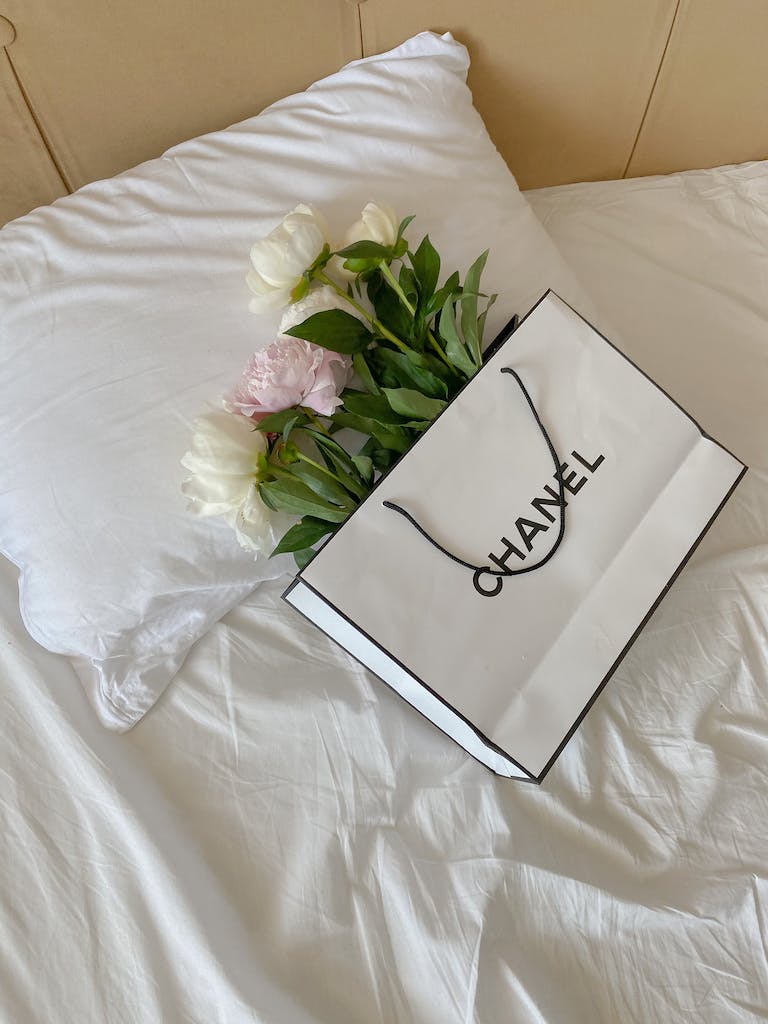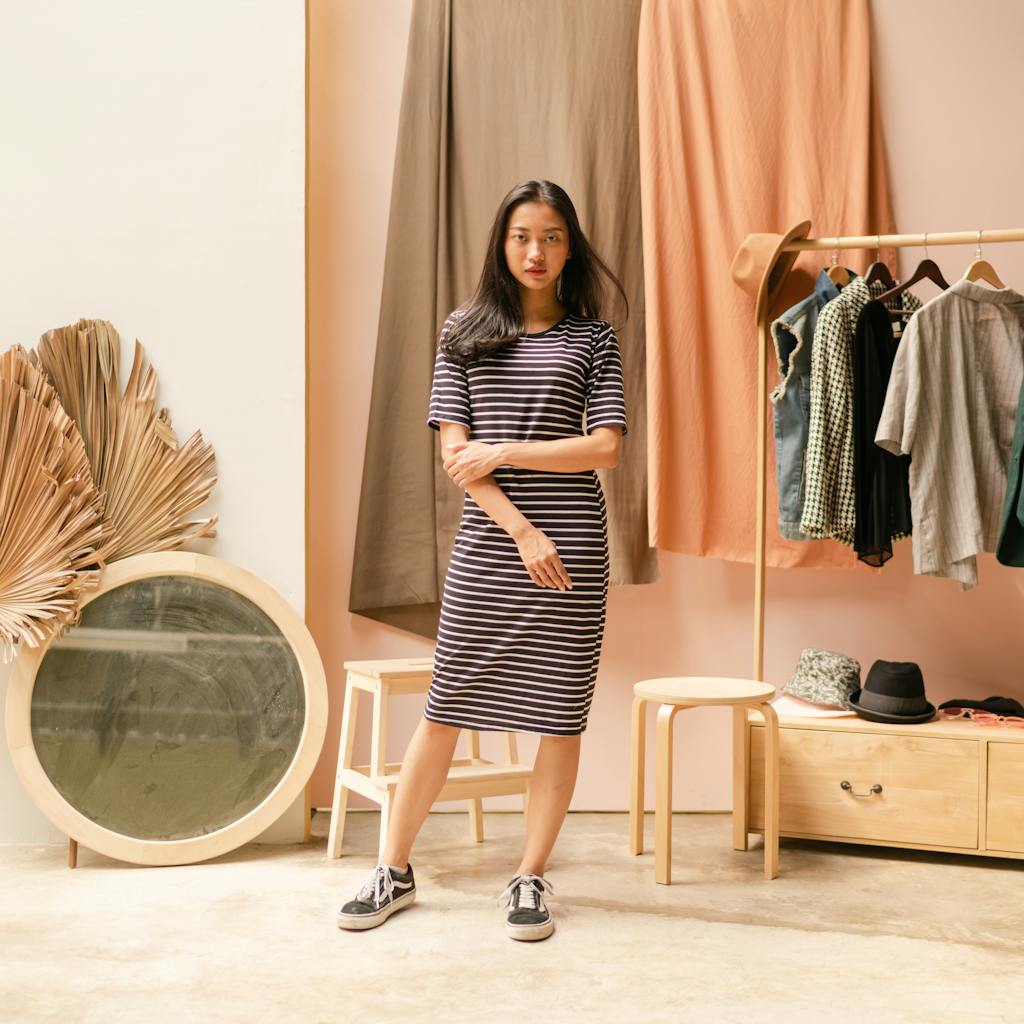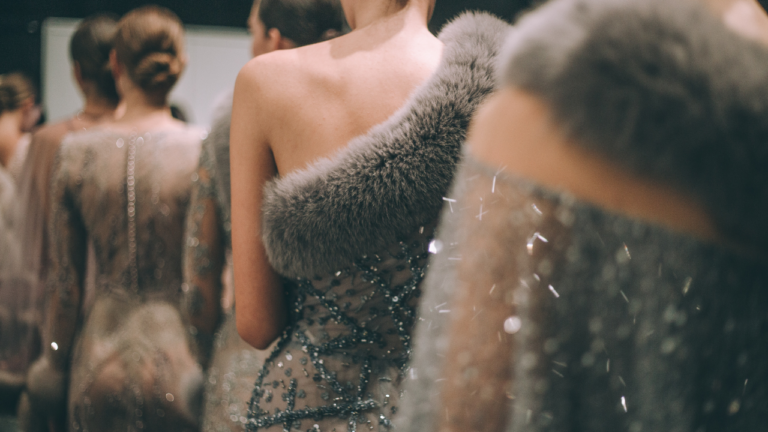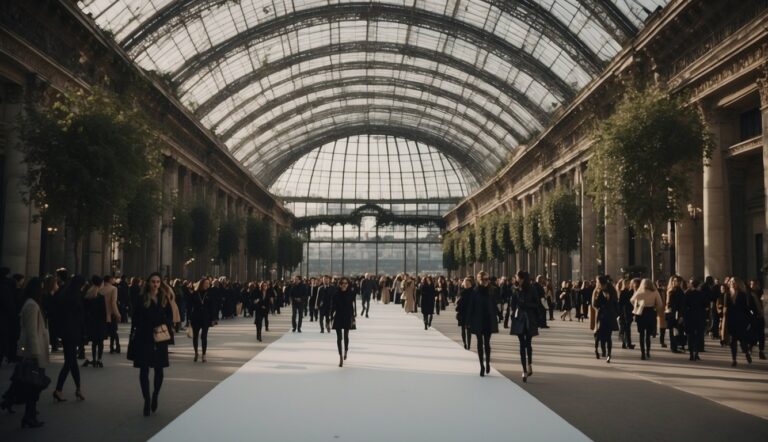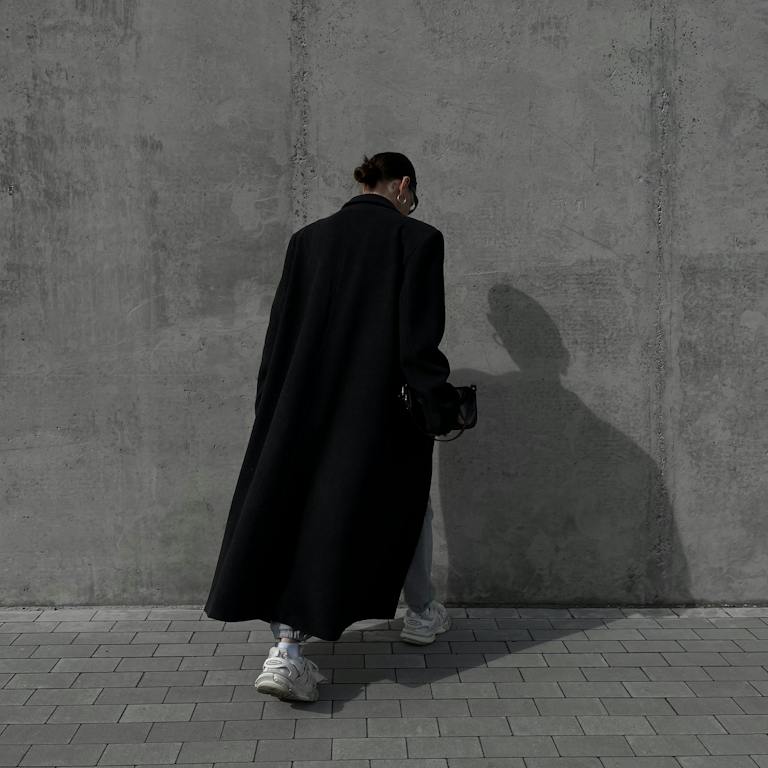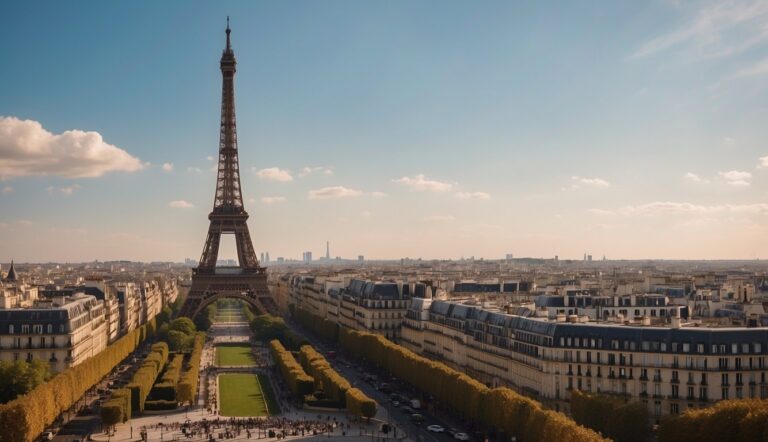Why Coco Chanel Never Married | It was A Choice
Gabrielle “Coco” Chanel, the Parisian couturière, transformed fashion with her modernist philosophy, menswear-inspired fashions, and pursuit of casual chic as the feminine standard of style. Yet, despite her monumental influence as a fashion icon, she never married.
Analyzing Chanel’s personal life sheds light on the possible reasons for her decision to remain single. Some suggest that her dedication to her work and desire for independence were factors, while others propose that her experiences in personal relationships played a role.
The early years of Chanel’s life were marked by hardship, which arguably shaped her views on personal independence and romantic commitments. Growing up in an orphanage, she learned the art of sewing—a skill that would catapult her into the echelons of high fashion. During her rise to fame, Chanel was romantically linked with influential men but never settled down. Her relationships appeared to reflect a complex interplay of love, ambition, and a possible fear of losing her independence.
Key Takeaways
- Coco Chanel’s commitment to her career and independence were central to her lifestyle choice of remaining unmarried.
- Chanel’s upbringing and formative years had a profound impact on her perspective towards marriage and personal relationships.
- Despite her numerous romantic associations, Chanel maintained personal independence throughout her rise to fame.
Personal Life and Romantic Relationships
Coco Chanel’s personal life was as intriguing as her fashion designs, marked by her numerous high-profile relationships and being mistress to some of the most influential men of her time. Her romantic life was filled with extravagance, ups and downs, proposals and unexpectedly some of the men she was involved with passed away.
Despite all this, Chanel valued her independence greatly, which can be seen as a key reason she never married.
Chanel’s High-Profile Relationships Began With Balsan
Documentation of Chanel’s relationships began with rich young French ex-cavalry officer and textile heir Étienne Balsan. At Moulins, Chanel met him and at the age of twenty-three began living with him in his château Royallieu near Compiègne, which continued for three years.
She became his favorite mistress, supplanting the courtesan Émilienne d’Alençon as his new favourite. Balsan showered Chanel with a lifestyle of self indulgence, with diamonds, dresses and pearls.
One of Her Great Loves: arthur Capel
In 1908, she began an affair with one of Balsan’s friends, Arthur Capel. He was a British polo player, and was ultimately one of the greatest loves of his life. He unfortunately died in a automobile accident in 1919 which greatfuly affected Chanel and her life choices.
Capel was a wealthy member of the English upperclass and funded much of her lifestyle, who even got her a place in an apartment in Paris, and funded her first few shops. It was rumored that Chanel wished that he would settle down with her, however he was never faithful to her and in fact married a English aristocrat, Lady Diana Wyndham in 1918.
Capel still kept in touch with Chanel, but his death in 1919 was a big loss to her. It is said the accident happened while he was travelling to see Coco in the south of France for a Christmas rendezvous. Twenty-five years after the event, Chanel, then residing in Switzerland, confided to her friend, Paul Morand, “His death was a terrible blow to me. In losing Capel, I lost everything. What followed was not a life of happiness, I have to say.”
Lasting Relationship With French Poet Pierre Reverdy
Couterier Coco Chanel had a intense romantic relationship with Pierre Reverdy from roughly 1921 to 1926. When they eventually cooled their relationship, their bond and friendship continued for over 40 years.
One of the biggest differences in this relationship was that Pierre Reverdy was not quite one of the rich and elite like Chanel’s previous relationships. In fact he had always been appalled and intrigued by the wealth and excess that comprised Chanel’s social circle.
Chanel actually secretly helped him behind the scenes by buying his manuscripts through his publisher, supporting Reverdy in his efforts to be a poet.
The Duke of Westminster
One of Chanel’s most prominent lovers was Hugh Grosvenor, better known as the Duke of Westminster. Their connection was not merely a fling; it was an intense relationship lasting several years in the 1920s. She met him in 1925, when Chanel was not yet at the height of her fame, but the Duke was one of the richest people in Britain.
Despite the Duke’s immense wealth and even a proposal. Chanel chose not to marry him. Her famous retort to a proposal, “There have been several Duchesses of Westminster. There is only one Chanel,” underlines her staunch commitment to her personal independence.
Paul Iribe
Paul Iribe was French illustrator and designer in the decorative arts. He was very influenced and inspired by Coco Chanel, drawing her in his illustrations. He became officially involved with Coco Chanel as his lover in 1931. However, it is said he separated from his second wife, Maybelle Hogan in 1928, due to his involvement with Coco Chanel.
In 1933, friends of Chanel and Iribe were convinced that the two were so deeply in love and in touch with each other that they were to be engaged and married soon. Unfortunately it was September 21, 1935 at Coco Chanel’s villa, La Pausa on the French Riviera when Iribe suddenly collapsed and died while playing tennis.
Chanel witnessed his death first hand, having someone so close to her pass away once again, she grieved over him for a long period of time. This new aesthetic of cinched waists, padded bras, heavy skirts, and stiffened jackets was completely at odds with Chanel’s own. It was, in her opinion, a constricting male fantasy from which women would eventually have to unshackle themselves.
How Her Relationships With Men Was Reflected in Her Style
Coco Chanel was involved with many influential men who encouraged her fashion endeavors. It was inspiring how they supported her style and she valued her life being an independent women.
She did not shy away from romantic relationships and was very popular with influential men, meaning she knew her way around in her social circles, however she still remained unmarried. This also helped her be confident and understand that women did not have to conform to what male fashion designers popularized to live a full life as a woman.
This meant being at odds with cinched waists, padded bras and heavy skirts. Instead Chanel’s aesthetics were more simplistic, and brought men’s fashion into women’s fashion. Having tweed jackets that looked like suits, that were comfortable and stylish. She was very set on freeing women from restrictive corsets and uncomfortable styles.
Chanel revolutionized women’s fashion by liberating them from the constraints of the corseted silhouette that dominated the early 20th century, introducing a paradigm of comfort, simplicity, and elegance that was unheard of at the time. Coco Chanel’s visionary approach to design emphasized functionality without sacrificing style, allowing women to embrace their independence and move freely.
Through the introduction of jersey fabric in women’s fashion, the reinvention of the little black dress, and the popularization of trousers for women, Chanel not only changed how women dressed but also how they saw themselves in society. Her legacy is a testament to the power of clothing as a form of self-expression and empowerment.
